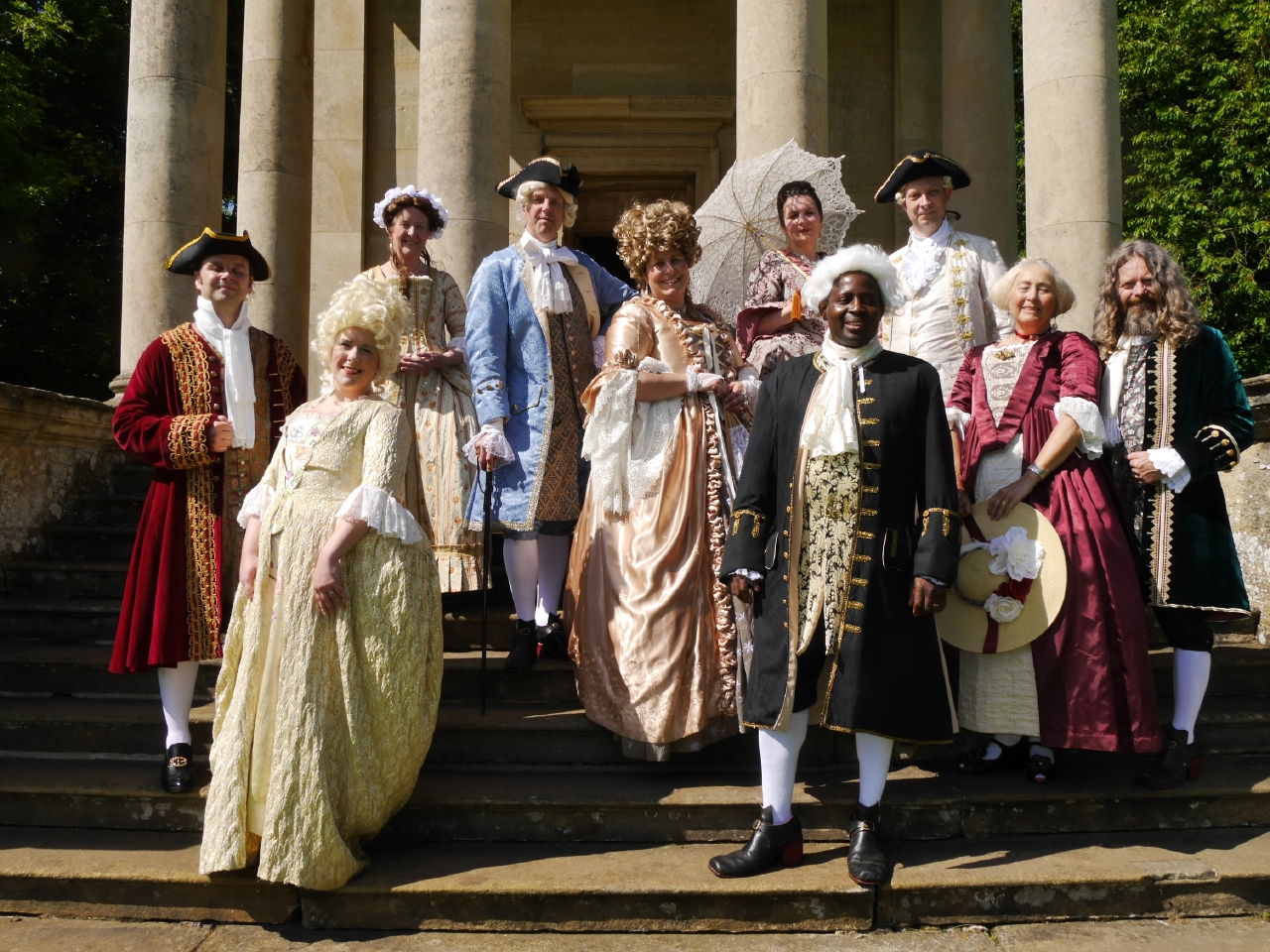The Baroque dance period applies to a period of approximately 100 years from around 1650. Originating in the court of the French king, Louis XIV, this new style of dancing was highly popular in fashionable society. Upon his restoration to the English throne in 1660, Charles II introduced these dances to the English court.
The new Baroque style of dancing involved intricate footwork and complex floor patterns. Popular in theatrical settings, baroque dancing is the forerunner of the classical ballet. These dances were not easily learned and as a result, dancing masters were soon in great demand in European courts. It was not unusual that professionals were employed to dance alongside guests at social gatherings.
Early in the seventeenth century, many dances were formally documented, for example in the Beauchamp-Feuillet notation, with later descriptions not only of the steps and accompanying arm movements, but also with explanations of the shape of the floor patterns and detailed instructions for fitting bends and risings, or jumps and landings, to the appropriate beats in the music.
During the baroque dance period, social dances were often performed by one couple at a time with the orientation designed for optimal viewing by the highest ranking person known as “the presence”. Later in the century, these difficult dances were superseded by contredances (known as cotillon) that were expanded and simplified to accommodate more participants. As a result, the complex figures performed by a single couple might be replaced by four couples dancing in a square or in longways sets involving multiple couples.
During the eighteenth century, numerous collections of dancing instructions were published along with the music, which enable us to interpret and perform these beautiful and stately dances three hundred years later.

